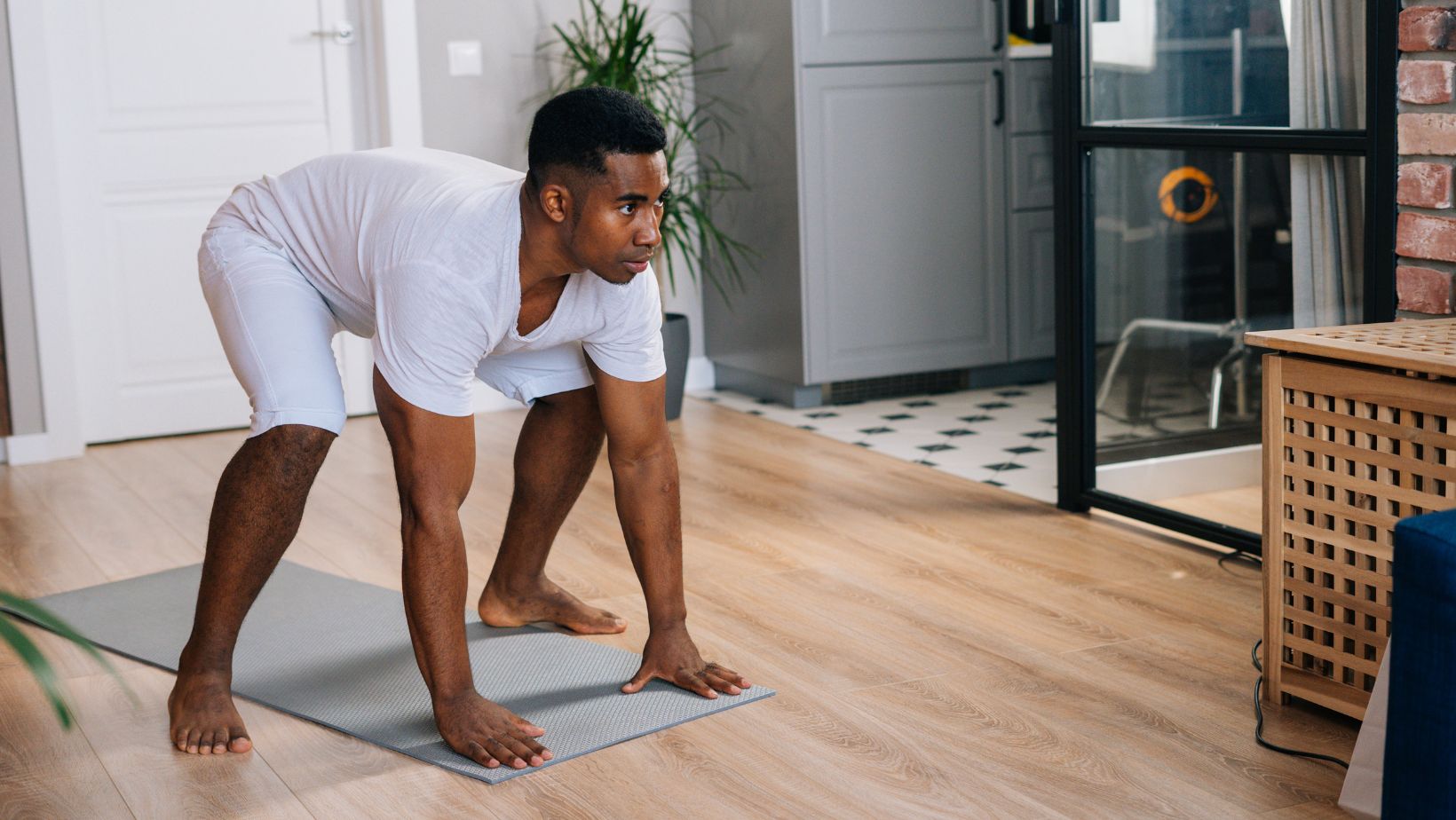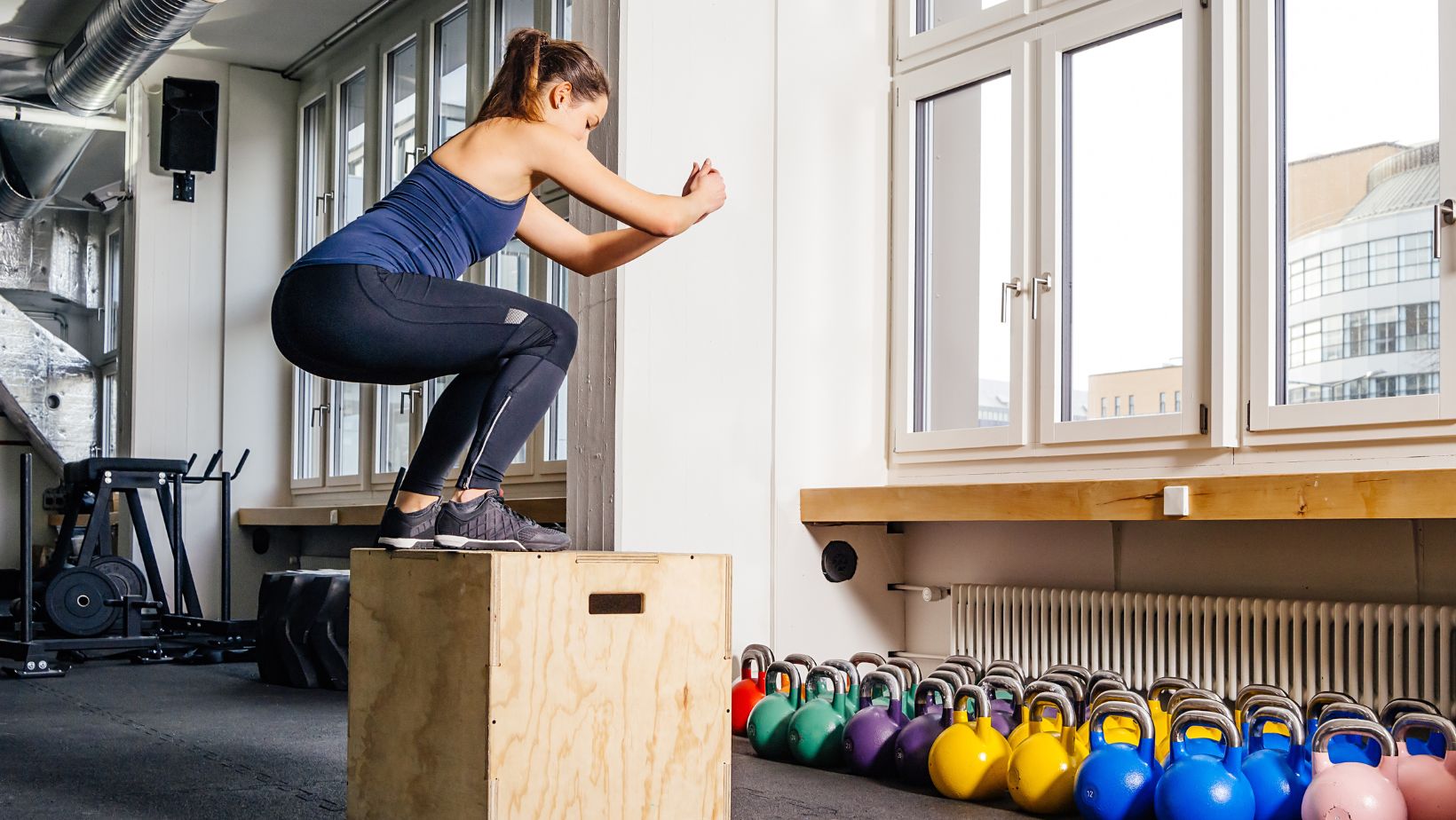Plyometric Exercise
Are you looking to take your fitness routine to the next level? Let’s talk about plyometric exercises. As a seasoned fitness enthusiast, I can attest to the incredible benefits of incorporating plyometrics into your workout regimen. These explosive movements are not only effective for improving strength and power, but they also help enhance agility and speed.
In this article, I’ll delve into the world of plyometric exercises, sharing valuable insights on how they can elevate your fitness game. From jump squats to box jumps, plyometrics offer a dynamic way to challenge your muscles and boost your athletic performance. Whether you’re a seasoned athlete or just starting your fitness journey, plyometric exercises can be a game-changer.
Popular Plyometric Exercises
When it comes to plyometric exercises, variety is key to keeping workouts engaging and effective. Here are some Popular Plyometric Exercises that can take your training to the next level:
- Jump Squats: Ideal for targeting the lower body, jump squats enhance explosive power and strengthen the legs.
- Burpees: A full-body exercise that combines strength training and cardio, burpees are a staple for improving endurance and agility.
- Box Jumps: Perfect for boosting vertical jump height and coordination, box jumps are great for developing explosive strength.
- Plyo Push-Ups: By adding an explosive element to traditional push-ups, plyo push-ups increase upper body power.
- Jump Lunges: Enhancing leg strength and coordination, jump lunges help improve balance and agility.
- Tuck Jumps: Targeting core stability and leg power, tuck jumps are beneficial for overall athletic performance.
Whether you’re a beginner or a seasoned athlete, incorporating a mix of these plyometric exercises into your routine can help you reach your fitness goals and enhance your overall physical performance.

How to Safely Implement Plyometrics
When incorporating plyometric exercises into your routine, it’s crucial to prioritize safety to prevent injuries. Here are some tips to help you safely implement plyometrics:
- Start Slow: Begin with basic exercises before progressing to advanced moves to build a strong foundation.
- Focus on Form: Proper form is key to maximizing effectiveness and reducing the risk of injury. Ensure you maintain good posture throughout each exercise.
- Wear Appropriate Footwear: Opt for supportive footwear with good cushioning to protect your feet and joints during high-impact movements.
- Warm Up Thoroughly: Prepare your muscles with a dynamic warm-up to increase blood flow and flexibility, reducing the risk of strains or sprains.
- Progress Gradually: Gradually increase the intensity, volume, and difficulty of your plyometric workouts to allow your body to adapt and minimize the risk of overtraining.
- Listen to Your Body: Pay attention to any pain or discomfort during exercises and adjust or stop if necessary to prevent injuries.
- Rest and Recover: Adequate rest is essential for muscle repair and growth, so ensure you incorporate rest days into your routine.
By following these guidelines, you can safely integrate plyometric exercises into your fitness regimen and reap the benefits they offer.

Maximizing Results with Plyometric Training
When it comes to plyometric exercise, optimizing your routine is key to achieving the best results. Here are some effective strategies I recommend for getting the most out of your plyometric training:
- Focus on Explosiveness: Emphasize maximum power output during each plyometric movement to enhance speed and strength.
- Incorporate Variety: Mix up your plyometric exercises to target different muscle groups and prevent plateaus in your progress.
- Increase Intensity: Gradually intensify your workouts by adding height, distance, or resistance to push your limits and see continuous improvements.
- Implement Proper Form: Pay close attention to your technique to ensure you’re engaging the right muscles and avoiding injury.
- Monitor Progress: Keep track of your performance metrics, such as jump height or speed, to gauge improvements over time.
- Ensure Adequate Recovery: Allow your body enough time to rest and repair between plyometric sessions to prevent burnout and support muscle growth.
- Stay Consistent: Regularly incorporate plyometric exercises into your fitness routine to maintain progress and see long-term results.
By following these guidelines, I’ve found that plyometric exercise can be a highly effective way to boost athletic performance and achieve fitness goals. It’s all about pushing yourself, staying consistent, and listening to your body to maximize the benefits of this dynamic training method.

Ann is a beacon of inspiration and knowledge in the health blogging community, known for her holistic approach to wellness that combines mindful nutrition, balanced fitness routines, and mental health awareness. With a passion for empowering her readers to achieve their healthiest selves, Ann shares practical advice, easy-to-follow recipes, and personal anecdotes that make navigating the journey to wellness accessible and enjoyable.

